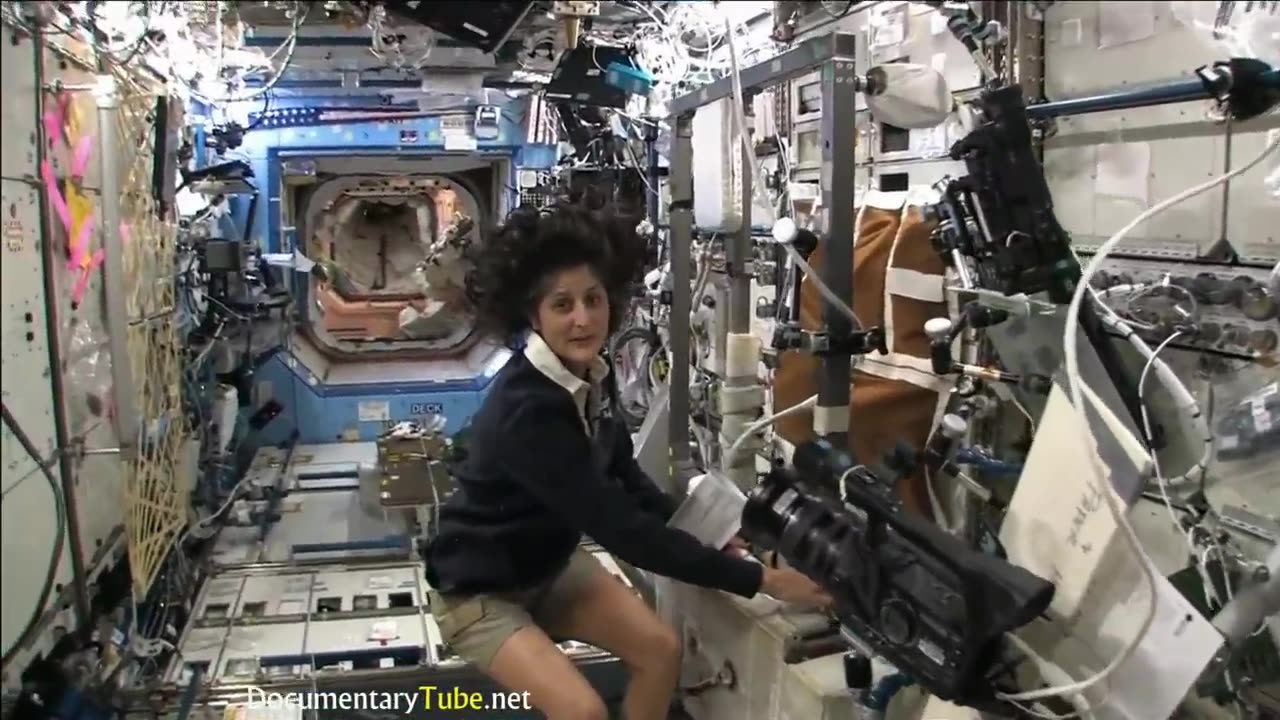Premium Only Content

How It Works - The International Space Station
The International Space Station (ISS) is a collaborative project involving multiple countries. It operates as a large, habitable spacecraft orbiting Earth at an average altitude of about 400 kilometers (250 miles). The ISS serves as a research laboratory, where scientists and astronauts conduct experiments in various fields, including physics, biology, astronomy, and Earth sciences.
The ISS is made up of several interconnected modules that provide living and working quarters for astronauts. These modules include scientific laboratories, living quarters, communication centers, and more. The station's solar panels generate electricity from sunlight, which powers its systems and equipment.
Astronauts and cosmonauts from different nations work together on the ISS, performing experiments, conducting research, and advancing our understanding of space, technology, and human endurance in microgravity. Supplies, equipment, and new modules are regularly sent to the ISS by resupply missions conducted by various space agencies.
The station's orbit is carefully maintained to prevent it from falling back to Earth. This is achieved by periodic boosts from onboard thrusters or visiting spacecraft. The ISS provides valuable insights into long-duration space travel and serves as a stepping stone for future missions beyond Earth's orbit, such as those aimed at exploring Mars and beyond.
-
 LIVE
LIVE
Jean-Claude@BeyondMystic
11 hours ago🌀 THE WACKY WOO SHOW 3I ATLAS ALIEN INVASION with DICK ALLGIRE & JC - AUG 31 , 20254
5,718 watching -
 2:26:21
2:26:21
vivafrei
11 hours agoEp. 279: Patel's GF Sues for Defamation! Rogue Judges vs. Trump! Raja Jackson, Kick Stream & MORE!
108K46 -
 LIVE
LIVE
SpartakusLIVE
2 hours ago#1 Verdansk Sniper gets HACCUSATIONS because of INSANE Headshots
206 watching -
 18:52
18:52
Colion Noir
8 hours agoCourt Rules You Don't Need AR-15s For Self Defense, Mayor's Message If You Love Kids Ban AR-15s
10.7K39 -
 1:56:25
1:56:25
Nerdrotic
3 hours ago $1.92 earnedThe Mysteries of Mars and the Moon with Mike Bara | Forbidden Frontier #114
10.6K3 -
 1:11:31
1:11:31
The Mel K Show
2 hours agoMel K & Chas Holloway | An Opposing Theory: The AI & Tyranny Question | 8-31-25
5.48K2 -
 LIVE
LIVE
Rallied
2 hours ago $1.26 earnedSolo Challenges All Day
162 watching -
 LIVE
LIVE
IsaiahLCarter
2 days agoGrandmasters and Heretics || APOSTATE RADIO #027
76 watching -
 3:03:40
3:03:40
Barry Cunningham
7 hours agoPRESIDENT TRUMP IS THE TROLLER-IN-CHIEF AND MORE BREAKING NEWS!
33.5K31 -
 13:07
13:07
Robbi On The Record
4 hours ago $1.90 earnedSweet Poison: The Big Fat Lie That’s Killing America
14.4K9